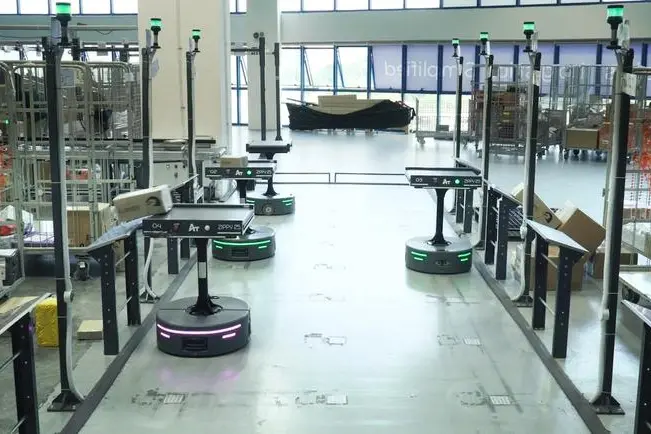PHOTO
E-commerce has been growing rapidly in the Gulf Cooperation Council (GCC) region, with an increasing number of consumers embracing the convenience and ease of online shopping. In the first quarter of 2023, the trend shows no signs of slowing down as businesses and consumers alike continue to embrace the digital marketplace.
One of the key drivers of e-commerce growth in the GCC region is the increasing penetration of smartphones and high-speed Internet. With a high proportion of the population owning mobile devices with high-speed internet, consumers are able to easily access online shopping platforms anywhere and at any time. Additionally, the COVID-19 pandemic has accelerated the shift to e-commerce as consumers have sought to minimize in-person shopping to reduce their risk of exposure to the virus.
In the GCC region, the e-commerce market is dominated by several key players, including Souq.com, Noon.com, and Amazon. These companies invest heavily in their logistics and delivery infrastructure to improve the speed and reliability of their services and expand their product offerings to attract new customers.
One area of growth in the GCC e-commerce market is the sale of luxury goods, particularly in the United Arab Emirates. With a high proportion of affluent consumers, the UAE is a prime market for luxury brands seeking to expand their online presence. Companies such as Farfetch and Net-a-Porter have already established a strong foothold in the market, and are more likely to follow in the coming months.
While e-commerce growth in the GCC region presents significant opportunities for businesses, it also poses challenges. One of the key challenges is the logistics of delivering products in a timely and efficient manner, particularly in remote areas of the region. Companies must also navigate the complex regulatory environment and cultural differences in GCC countries to ensure compliance with local laws and norms.
Despite these challenges, the growth of e-commerce in the GCC region is expected to continue in the coming years, driven by the increasing adoption of mobile devices and the convenience of online shopping. As businesses continue to invest in their e-commerce infrastructure and expand their offerings, consumers expect faster and more reliable online shopping experiences.
-Ends-



















